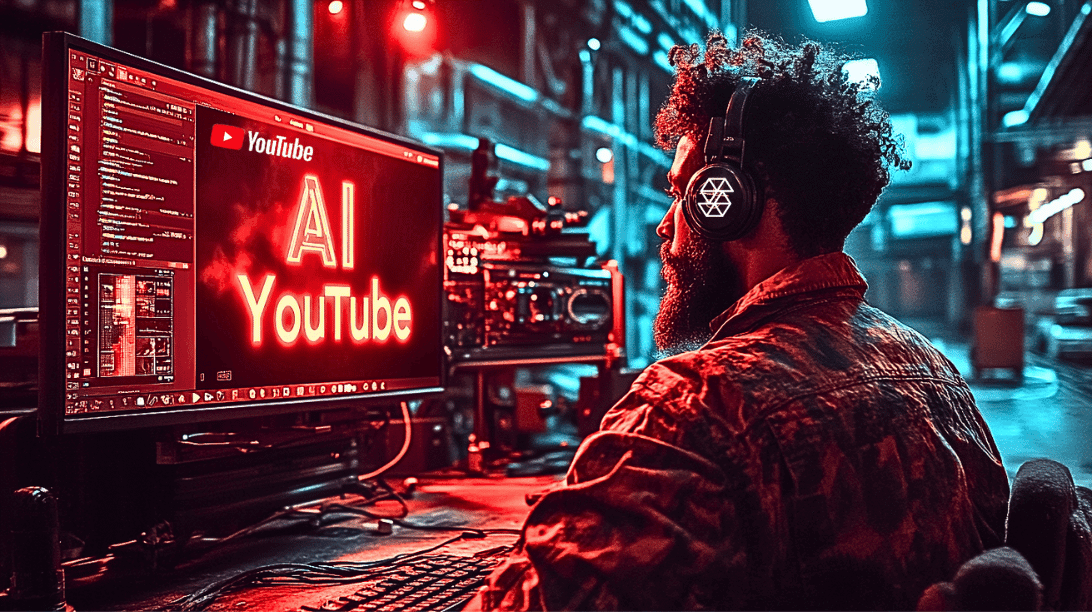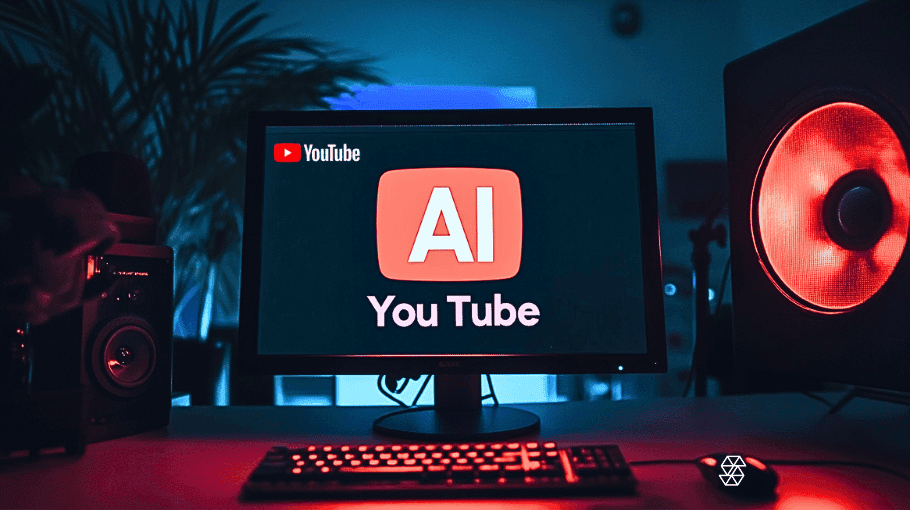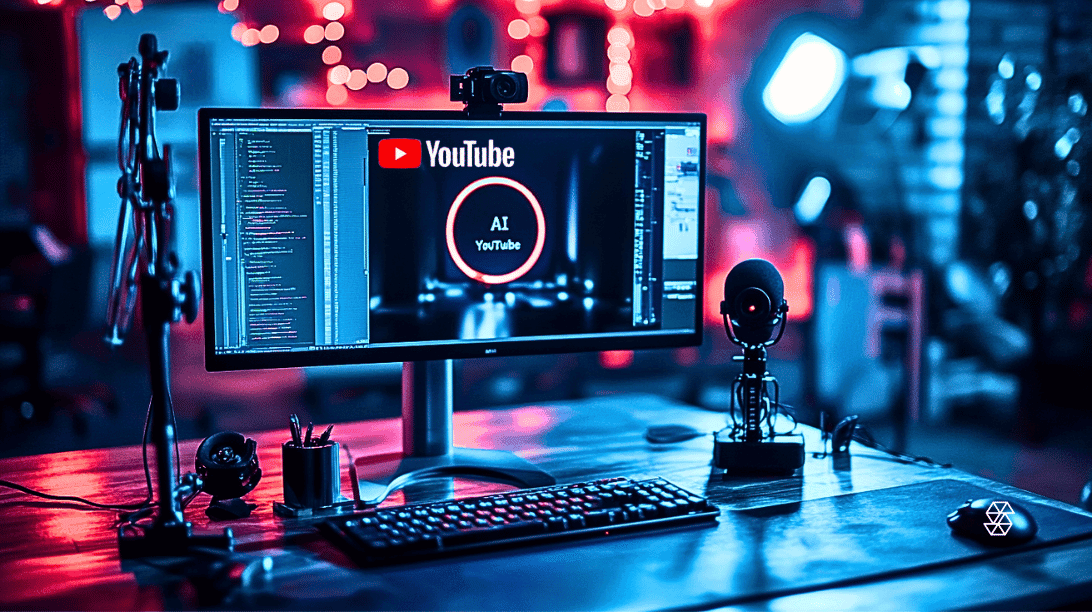How to Detect AI-Generated Images or Deepfake Videos
As artificial intelligence evolves, so does its ability to create stunningly realistic images, videos, and sounds. Thanks to platforms like Midjourney, Pika Labs, and ElevenLabs, these AI-generated visuals and audio are everywhere, blurring the lines between reality and digital creation. While they showcase the remarkable advancements in technology, they also raise important questions about how we can tell what is “real” or “fake.”
This blog offers a practical guide to recognizing AI-generated images, deepfake videos, and synthetic voices. Whether you’re a casual observer, a tech enthusiast, or just curious about the digital world, understanding how to spot these creations is becoming increasingly important.
How to Identify AI-Generated Images
The journey of AI in image creation is a story of remarkable technological evolution. It began with simple pattern recognition and evolved into today’s sophisticated algorithms capable of generating stunningly realistic images. This evolution was propelled by leaps in machine learning and neural networks, particularly with the advent of deep learning techniques. Generative Adversarial Networks (GANs), a breakthrough in this field, have been pivotal. They work through a dynamic where one part of the AI system generates images, while another part evaluates them, creating a rapid, iterative process that refines the images to near-perfect realism.
The impact of these advancements spans across multiple domains. In the creative industries, for example, artists and designers are harnessing AI to push the boundaries of visual expression. In e-commerce, AI-generated images offer scalable solutions for product visualization. And in the realm of entertainment, this technology is revolutionizing the way visual content is produced, leading to more immersive and engaging experiences.
In our increasingly digital world, the ability to differentiate between AI-generated and authentic imagery has become a critical skill. This discernment is vital not just for professionals in fields directly interacting with visual media, but for anyone navigating the vast sea of digital content. The reason transcends mere curiosity or technical interest; it touches on the very essence of media literacy and the ability to understand and critically analyze the content we consume.
AI-generated images, while a testament to human ingenuity, also present challenges in terms of authenticity and trustworthiness. They can be used to create hyper-realistic deepfakes or misleading content, posing risks in fields such as journalism, politics, and social media. As such, being able to identify AI-created visuals becomes a crucial component of responsible content consumption and digital literacy.
For professionals in various industries, understanding AI imagery is also about staying ahead in a rapidly evolving landscape. It’s about knowing the possibilities and limitations of AI in image creation, which can be a powerful tool in areas like marketing, branding, and visual storytelling. For consumers and digital citizens, it’s about being able to navigate the digital realm with a discerning eye, differentiating fact from fiction, and reality from AI-created illusions.

4 Ways to Spot an AI-Generated Image
Here are some ways you can identify AI-generated images:
Origins and Digital Footprints: Tracing the origins of an image can often unravel whether it’s AI-created. Metadata – the digital footprint attached to images – is a goldmine of information. It typically includes details like the camera model, date, time, and sometimes even the location where the photo was taken. AI-generated images, however, often lack this depth of metadata. They might display inconsistencies or generic information that doesn’t quite add up. This digital lineage of images, or lack thereof, becomes a critical tool in discerning AI creations from genuine photographs.
2. Telltale Visual Signposts: AI-generated visuals can sometimes be betrayed by certain visual anomalies that the human eye can catch. One of the giveaways is unnatural geometry – shapes and lines that don’t conform to the natural world. Similarly, lighting and shadows in AI-generated images may appear off, failing to accurately reflect how light interacts with objects in reality. Additionally, AI has a hard time replicating the randomness and complexity that naturally occurs in our environment. This might manifest in oddly repetitive patterns or textures that seem a bit too perfect.
3. Chromatic and Textural Signals: Color and texture provide critical clues in distinguishing AI-generated images. AI often has a tendency to either overemphasize or understate colors, leading to images that are either too vivid or unnaturally muted. The textures in these images can also be a giveaway. In real-life, textures have a certain irregularity and variance – something AI struggles to replicate convincingly. As a result, AI-generated images might exhibit surfaces that are either overly smooth or unusually detailed, lacking the subtle imperfections characteristic of real-world objects.
4. The Uncanny Valley: One of the most fascinating aspects of AI-generated imagery, especially in the context of human faces or figures, is the uncanny valley phenomenon. This term describes the eerie feeling evoked by images that are almost lifelike but have subtle, unsettling abnormalities. These could be in the form of slightly distorted facial features, awkward expressions, or an unnatural gaze. Paradoxically, these slight deviations from reality can be more disconcerting than obvious distortions, making AI-generated faces particularly noticeable in this uncanny realm.

How to Spot a Deepfake Video
Deepfake technology marks a significant milestone in the field of AI and video manipulation. At its core, deepfakes involve using machine learning algorithms, specifically deep learning, to superimpose existing videos and images onto source images or videos. This technology leverages techniques similar to those used in AI-generated images but applies them to video, making it possible to create convincing footage where individuals appear to say or do things they never did.
The growing prevalence of deepfakes is largely due to the accessibility of deep learning tools and the abundance of source material available online. This has led to a proliferation of deepfakes across various sectors, raising concerns about misinformation and its potential impact. The use of deepfakes in creating false narratives or fake news can have far-reaching consequences in politics, media, and even personal privacy. Recognizing deepfakes is thus not just a technical challenge, but also a crucial aspect of maintaining information integrity in today’s digital landscape.
Just watch this Deepfake of Taylor Swift promoting Le Creuset Cookware to see how advanced the technology is getting:
https://x.com/McAfee/status/1745226438641602866?s=20
3 Detection Techniques for Deepfakes
Here are some techniques for detecting deepfakes:
Facial and Expressive Incongruities One of the key indicators of a deepfake is inconsistency in facial features or expressions. AI-generated faces may appear realistic at a glance, but upon closer inspection, they often exhibit anomalies. These could be unnatural blinking, slight distortions in facial features, or facial expressions that don’t quite sync with the emotional tone of the speech. AI still struggles to perfectly capture the subtleties and complexities of human expressions, making this a useful area of focus when identifying deepfakes.
Motion and Synchronization Issues: Deepfakes can also be betrayed by anomalies in motion and synchronization. In authentic videos, the movement of a person’s lips is perfectly synced with the spoken words. Deepfakes, however, may display slight mismatches between lip movements and speech, or unnatural head and body movements. These discrepancies, although subtle, are often noticeable upon careful observation. AI-generated videos may also lack the fluid, natural motion that characterizes genuine human movements, leading to a slightly stilted or artificial appearance.
Auditory Discrepancies The auditory aspect of deepfakes is another area where discrepancies can emerge. While the visual component might be convincing, the voice might not match the person’s typical speech patterns, tone, or cadence. Discrepancies in background sounds, or an unnatural sounding voice, can also be indicators of a deepfake. These auditory mismatches, although sometimes subtle, can provide clues about the authenticity of the video.
Navigating the Digital Mirage
As we venture further into an era where AI-generated images and deepfake videos become more prevalent, the ability to discern real from artificially created content is an important and valuable skill. The evolution of these technologies poses significant challenges and opportunities in various sectors, from media and journalism to personal security and privacy. Developing a critical eye for these advancements is not just about technical understanding but about fostering media literacy and a culture of thoughtful consumption in our digital world. By staying informed and vigilant, we can better navigate this digital mirage, appreciating the marvels of AI while guarding against its potential misuse.






